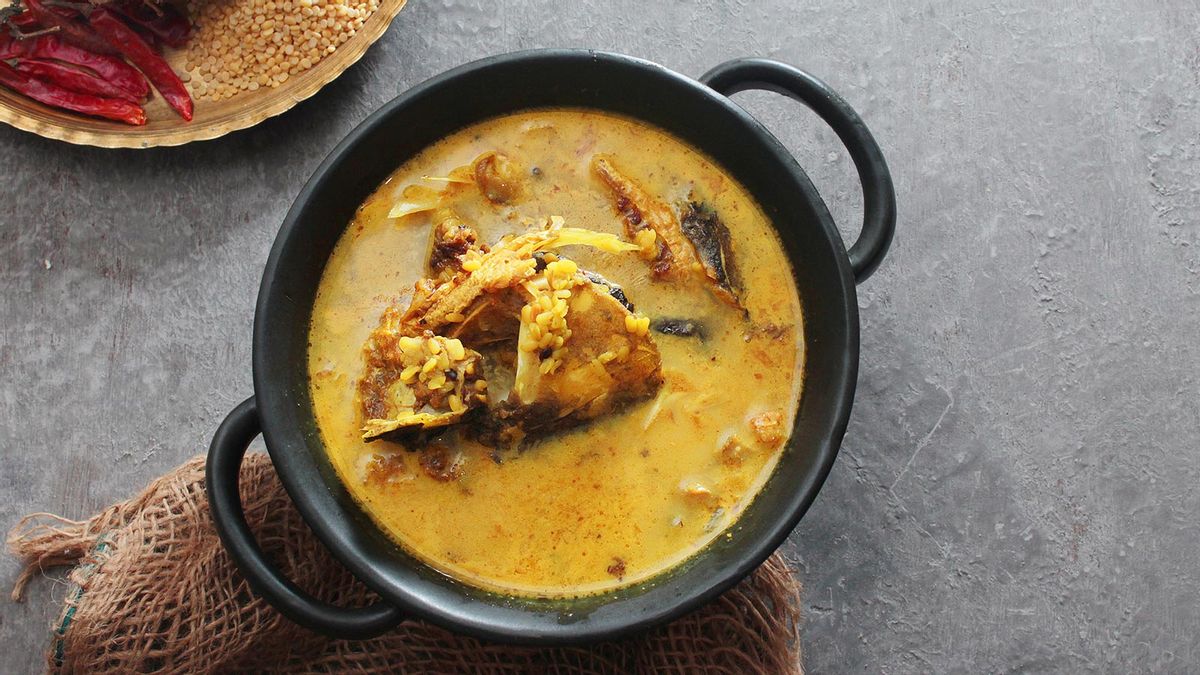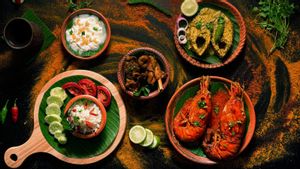My first introduction to the concept of foraging – rooted in sustainable and zero-waste cooking – wasn’t through well-placed chefs in metropolitan cities, who had freshly returned from their stints at celebrated restaurants in the US or Copenhagen. But through a Bengali short story I read in middle school.
Penned by Bengali literary genius, Mahashweta Debi, Harun Salem er Maashi is a moving tale traversing the lives and predicaments of a Muslim toddler, left in the care of a Hindu widow, who scavenged for subsistence. Often, selling off the good vegetables for money, and keeping only the rotting tubers, peels and mete aloo, or root veggies, for themselves.
Almost a decade since, I realise that zero waste cooking – like most good things in life – was always in our backyard. Hiding in plain sight, in the untapped flavours of the striped gourd’s peel and the fish head we left untouched on the dinner table. And while Indian cooking, by and large, provides several learnings and insights, by virtue of its sheer greatness and diversity, there is something to be said about the very specific, albeit ignored, lesson that Bengali food offers in frugality.
What the pandemic taught us about food
A lesson we self-taught ourselves while locked inside our homes during the nationwide lockdown that ensued in India since March 2020, following the outbreak of Coronavirus, hoping that it would save us from one extra trip to the grocery shop, and therefore from the virus itself. But Covid-19 is only one pandemic plaguing humankind; the other one, and far more insidious, is our collective ignorance. Even as we race to the shelves of the supermarket, to stock up on our supply of “organic” goods, we are faltering in recognising the gifts and traditional values of cooking – all steeped in the virtues of sustainability, and rather innately, mind you – within our own households and culinary heritages.
In terms of Bengali cuisine – and as home chef Iti Misra rightly asserts, “Bengali cuisine, not cooking, because by definition of a cuisine, it is one; combining science, flavour and tradition,” – there’s much to be assimilated from it, when it comes to understanding and applying the principles of sustainability and zero waste. At the outset, there is the arrant variety of Bengali dishes that have long championed the cause of zero waste.
Use those peels, stems, leaves
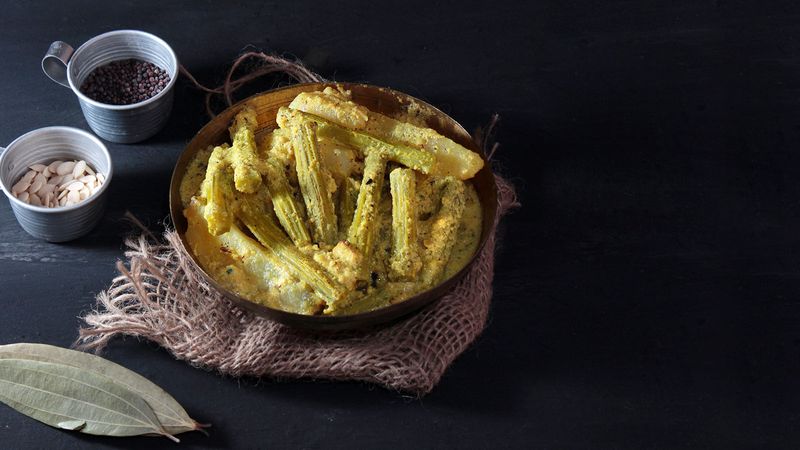
This, however, Misra points out, is not based on principle. “Bengal has historically been an agrarian economy and hence there’s a lot of respect for everything we eat or use from Mother Earth. So, if you tell a Bengali villager that he is highly ethical for eating the peels of a gourd or pumpkin, he’s likely to be confused,” she quips, explaining how much of Bengal’s predilection towards frugal cooking is rooted in tradition.
It finds expression in Bengali culinary praxis in the form of a range of chorchoris (a mélange of vegetables), chechkis (stir fries) and ghontos (mishmash curries). “Let’s start with the gourd plant itself. You take the fruit and peel the skin before cooking it as a veggie, but you don’t throw the peel away, given that it is quite edible. So, you make a chechki out of it. Even the stem is turned into a chorchori and the vitamin-rich vine is thrown into a dal. Same with the pumpkin, where the peel is either converted into a chechki, or is boiled and mashed into a bharta, whereas the vine is eaten as a shaag (green leafy vegetable),” Misra informs. “Peels are also the most nutritious part of the fruit and our ancestors had that wisdom,” adds food historian, Pritha Sen.
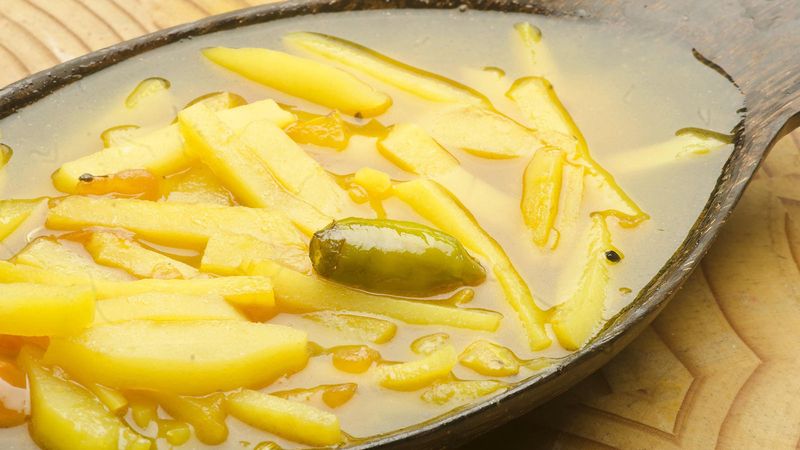
Ample has been known and said about Bengal’s resourcefulness, when it comes to the banana plant. To put it briefly, there is no part of the plant that doesn’t find use in Bengali food. The thor or stem, finds its way into curries to become thor ghonto or is simply fried; the mocha or banana blossom is again turned into ghontos, bori or chop i.e. cutlets and tarkari; and the kaanch kola (raw banana) is not only used for the famed kaanch kolar bora, an umami-rich kofta made with the mashed fruit, potato and spices, that is often converted into a dalna or thin gravy. But also put to use in other Bengali staples, like shukto (a light mixed vegetable dish). And the peel, too, like other plants, is turned into bhartas, chechkis and chorchoris.
Bengal, beyond plants

Bengal’s adeptness in (what we now understand as) “zero-waste cooking,” isn’t limited to using all parts of the plant alone. But also, the fish, which is enjoyed as popular curry preparations, like jhols and kalias, and the remains of which are then, utilised in various other forms, where you’ll find the fish head (typically disposed) in redolent dishes like the muri ghonto or chorchori. Even the tel or offal, spine, scales and the heart of the fish are turned into intelligently spiced dishes, such as maacher tel er chorchori, a mishmash of fish offal cooked along with eggplant, potatoes and green chilli; kaata chorchori i.e. fish bone curry, famously made in Bengal with Barramundi fish bones and maacher dim er bora, a pakoda-like delicacy made with fish roe, poppy, Bengal gram flour, mustard oil and spice. “I remember, during Durga Pujo, the girls who would come home to help with the cooking would ask our mothers and grandmothers to not throw away the fish scales. They would hoard it and turn into ambol, a sour dal, flavoured delicately with spices, mustard oil and chillies,” Misra points out. This, in other words, is known as nose-to-tail cooking, a trend that is steadily gaining currency across the world.
Cooking with flowers
Bengal’s culinary repertoire also includes within its fold a host of dishes and delicacies that put to use flowers – again, a global trend that has always been part of our foodscape.
There is the wildly popular bok phool er pokoda, a fritter made with agasthi flowers, that is slowly disappearing from our dining tables but was once a common sight. Shedding more light on this, food writer, photographer and co-founder of the popular food and travel blog, Pikturenama, Anindya Basu, says, “Bengal has a range of water bodies in the state, from rivers and ponds to lakes, tanks and the ocean. So, when one went foraging, it was natural to come back with what was found naturally in their habitat. As a result, Bengalis found a way to use shapla, or the stem of a water lily, which is found in a delicacy called shapla chingri, where the water lily stem is cooked along with prawns and spices. It used to be a staple during Durga Pujo. There is also shapla’r bhyala, which calls for making small shafts using the stem that are then, dipped in batter and fried to make a snack.”
It’s in the Bangali DNA
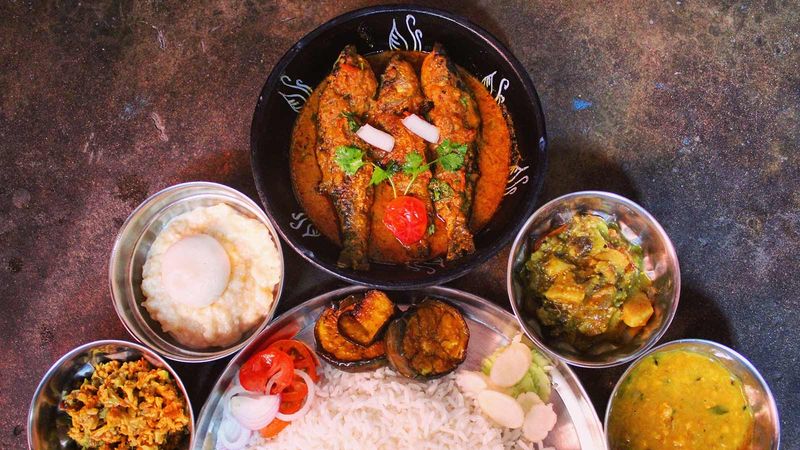
The dual factors of Bengal’s agricultural landscape with ample arable land (which blessed it with an unrivalled abundance of bounty) and its mired history (that involves invasions, droughts, famines and wars) have played an equal and symbiotic role in sculpting its cuisine into one that combines several culinary influences (English, Portuguese, French and Mughal), applied to a rather variegated range of vegetables, fish, meat and flora. Take, for example, the story behind this state’s love affair with posto or poppy seeds. Though now ubiquitous, poppy seeds found its way into the Bengali kitchen as a result of the economic deprivation and food shortage that followed when the state’s agriculture was remodelled during the British rule and farmers were coerced into growing cash crops like, jute and opium. Posto, essentially, was a by-product of the opium trade that hunger-struck agrarian families resorted to for nutrition in the absence of vegetables and grains.
“During the Bengal famine [1943], the most favourite food of the state was guli’r jhol, a thin gravy made with local, small snails, which I tried during my research in Bankura [a district in West Bengal],” informs Sushanta SenGupta, founding director and chef at 6 Ballygunge Place, a well-regarded diner in Kolkata.
SenGupta believes that every cuisine, historically, was shaped by its topography and natural ecosystem, but what sets Bengal apart, is its inherent receptiveness towards new influences. This has played a seminal role in shaping Bengali cuisine into one that has everything from rich and supple dishes, like the wildly popular Kosha Mangsho, which was born in the anglicised Bengali zamindar households, to the lesser-known, everyday staples made with peels, scales, bones and fish heads that slowly lost their charm.
But more than Bengal’s socio-political history, or agricultural heritage, it is the region’s ethnicity that has played a role in shaping its innately sustainable kitchen. Explaining further, Sen shares, “To understand Bengali cuisine, one has to go back to its tribal roots. We do not have any Aryan or upper-caste blood in us and most of Bengal was historically comprised of Proto-Australoids [ancient hunter-gatherer people descended from the first major wave of anatomically modern humans to leave Africa around 50,000 years ago]. This was the indigenous tribal ethnicity present in India, from Madhya Pradesh to Bengal, which further intermingled with Southeast Asian and Mongol ethnicities in the state. So, our culture itself called for foraging.”
According to Sen, Bengal’s oeuvre in sustainable cooking is often wrongly attributed to the sub-cuisine that grew under the auspices of Bengal’s abstinent widows. “That is pure sensationalism,” Sen asserts, rubbishing the claim, adding that while these socio-political-economic factors like the famine of 1943 might have played a role in influencing Bengali food, by and large, but in the context of sustainability, it is most logically entwined with our tribal roots. Sustainability in food then, has always been part of the Bengali DNA, which with time – and the rise of the Bengali elite – eroded, as families moved to metropolises, shunning their heritage, in a bid to compete with the more affluent Brits. Misra resonates this when she says, “We only talk about maacher jhol and kosha mangsho today, because as Bengal prospered, Bengalis felt the need to sound and look more cosmopolitan.”
That makes sense, but what is still unclear (to me, at least) is why young Bengalis, and Indians for that matter, participating in the great online discourse on sustainability and zero-waste cooking haven’t managed to yet take a look at what’s right under their nose.


